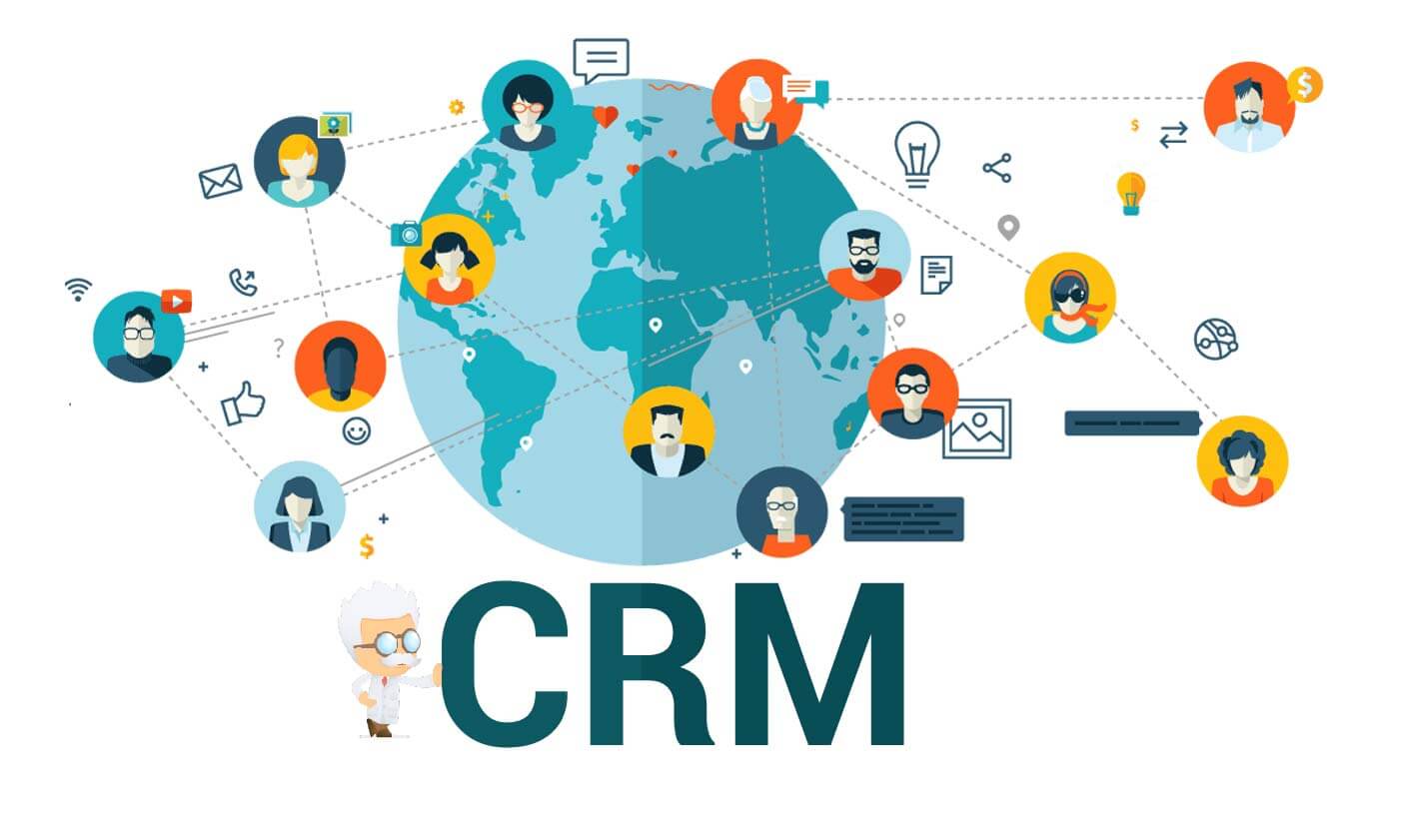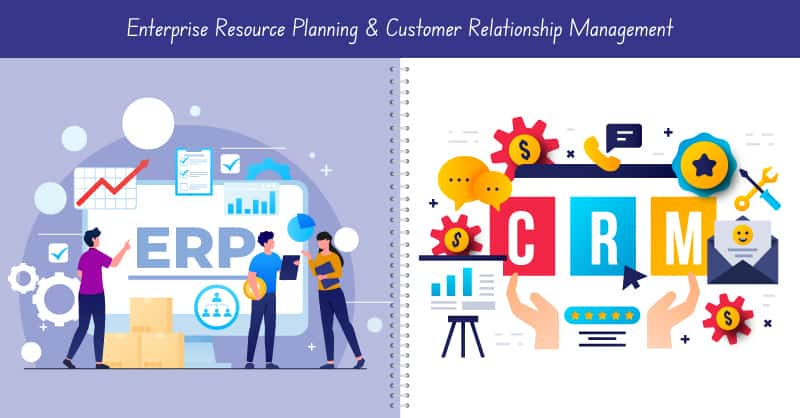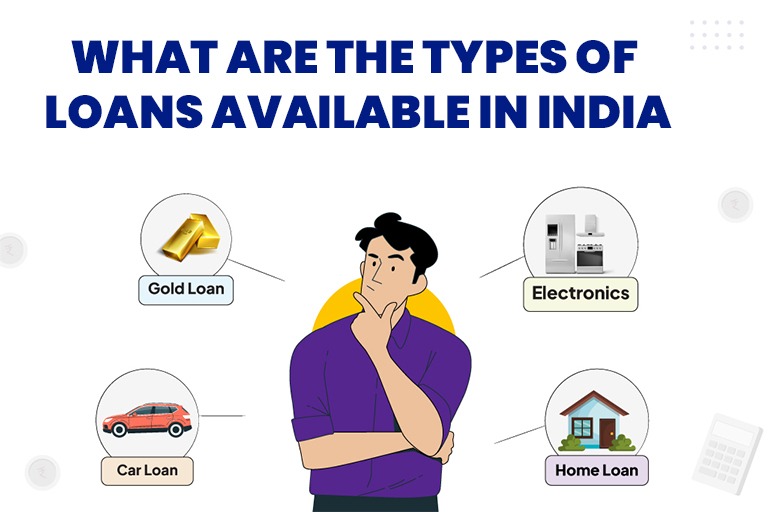In the dynamic realm of business technology, two frequently discussed acronyms, ERP (Enterprise Resource Planning) and CRP (Capacity Requirements Planning) software, may appear interchangeable initially, yet they each fulfill distinct roles and possess unique attributes tailored to different facets of a company’s operations.

Read More.. These Are The Best Robinhood Stocks in the world
Read more.. Which Credit Score is Ideal for Securing a Loan?
ERP: Orchestrating the Entire Enterprise
Enterprise Resource Planning (ERP) software is a comprehensive solution designed to streamline and integrate various business processes across an organization. It acts as a digital conductor, orchestrating every department’s activities to achieve better efficiency and collaboration. Here’s what sets ERP software apart:

Read more.. Car Insurance Rates Surging, Here Are 8 Ways to Cut the Cost
Read more.. YES Bank Shares in Focus: JC Flowers ARC & Chief Risk News
1. Holistic Approach: ERP software takes a holistic approach to managing a company’s resources, encompassing everything from finance and human resources to inventory, production, sales, and customer relations. It provides a unified platform where data flows seamlessly between departments, ensuring that everyone is on the same page.
2. Integration: ERP systems excel at integration, breaking down the data silos that often plague organizations. By centralizing information, employees can access real-time data, make informed decisions, and respond quickly to changes in the business environment.
3. Scalability: Enterprise Resource Planning (ERP) solutions possess scalability, rendering them equally apt for small businesses and expansive enterprises, effortlessly adjusting to evolving needs by accommodating burgeoning data volumes and extending functionalities.
4. Complex Reporting: ERP software offers sophisticated reporting and analytics capabilities, helping businesses gain insights into their operations, identify trends, and make data-driven decisions.
5. Customization: Most ERP systems can be customized to meet specific industry needs and company workflows, ensuring that they align with the organization’s unique requirements.
CRP: Precision in Production Planning
On the other hand, Capacity Requirements Planning (CRP) software hones in on the manufacturing aspect of a business. It focuses on optimizing production and resource allocation to meet customer demand efficiently. Here’s what distinguishes CRP software:
1. Manufacturing-Centric: CRP software is primarily geared towards manufacturing companies. Its core purpose is to ensure that production lines are operating at peak efficiency, taking into account factors like machine capacity, labor availability, and materials.
2. Production Scheduling: CRP systems excel in production scheduling, helping companies determine what, how much, and when to produce. They consider current inventory levels, order demands, and the available resources to create precise production plans.
3. Resource Allocation: CRP software pays meticulous attention to resource allocation, ensuring that manufacturing facilities are not overburdened or underutilized. It helps prevent bottlenecks and optimizes resource utilization.
4. Real-time Adjustments: CRP systems enable real-time adjustments to production schedules based on unforeseen events, such as machine breakdowns or material shortages, to maintain a smooth production flow.
5. Narrower Focus: Unlike ERP, CRP software is laser-focused on manufacturing-related activities and doesn’t provide the breadth of functionalities found in ERP systems.
In conclusion, while ERP and CRP software both contribute to the overall success of a company, they cater to different aspects of business operations. ERP offers a comprehensive approach, integrating various functions, while CRP specializes in the precision of production planning and resource management within manufacturing. Choosing between them depends on your organization’s specific needs and priorities. Ultimately, a harmonious combination of both ERP and CRP systems can help a company achieve optimal efficiency and profitability in today’s competitive business landscape.





